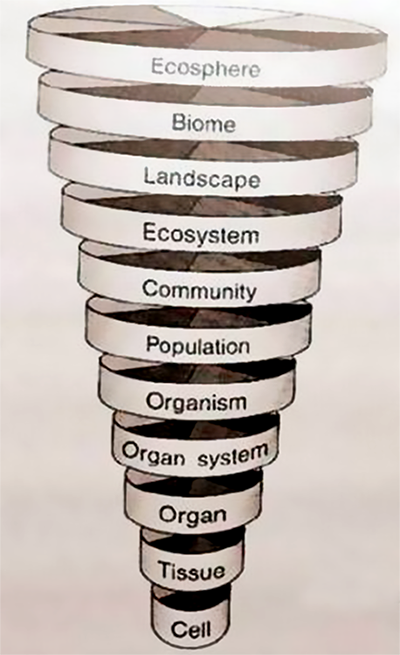Hierarchy & Heterarchy?
Defining and applying conceptual frameworks for effective social-ecological research
Idaho State University Participants
Danelle Larson, Donna Lybecker, Colden Baxter, Mark McBeth, Kathleen Lohse
Partners and Affilation
Participants in a statewide Innovation Working Group on this topic involved scientists beyond those listed above, including Jim Stoutenborough (ISU), Jan Boll, Barb Cosens, Felix Liao, Steve Radil (UI), Shawn Benner, Michail Fragkias, Julie Health, and Eric Lindquist (BSU)
Research Problem
Ecologists and social scientists often understand system complexity and system organization differently, which can create challenges in defining and applying conceptual frameworks needed to conduct effective social-ecological systems science. Such conceptual frameworks are needed to sustain the efforts begun by the MILES program in Idaho, and for social ecological systems science in general.
Research Outcomes
To address this need, we first developed a conceptual model focused on the Portneuf River as a social ecological system, which was used in early stages of project development and allowed social and ecological scientists to begin learning how to communicate with one another. Next, a statewide Innovation Working Group stimulated dialogue regarding shared conceptual models for linking social and ecological science across Idaho. In turn, this provided the conceptual basis for an empirical study being conducted across all three sites in Idaho, entitled “Towards ONEIdaho: An investigation of social-ecological system boundaries and domains across MILES sites.” At present, a smaller group at ISU has drafted a manuscript focused on “Heterarchy and Hierarchy,” system organizational approaches principally employed by social and ecological scientists, respectively, but that may need to be bridged to improve trans-disciplinary science.
Potential Impacts
In the short-term, these efforts have been a key to improving communication and awareness in the process of developing transdisciplinary, social ecological systems science in Idaho. Resulting collaborations are essential to the long-term sustainability of SES science in our region. In general, we have found that principles of both hierarchy and heterarchy theory are needed.
For example, ecological understanding important to public policy may be expressed within nested hierarchical frameworks, whereas social understanding of the creation, adoption, and implementation of public policy is likely to be investigated and expressed in a heterarchical fashion. Thus, ecological and social scientists benefit from understanding, and attempting to bridge, these frameworks.

